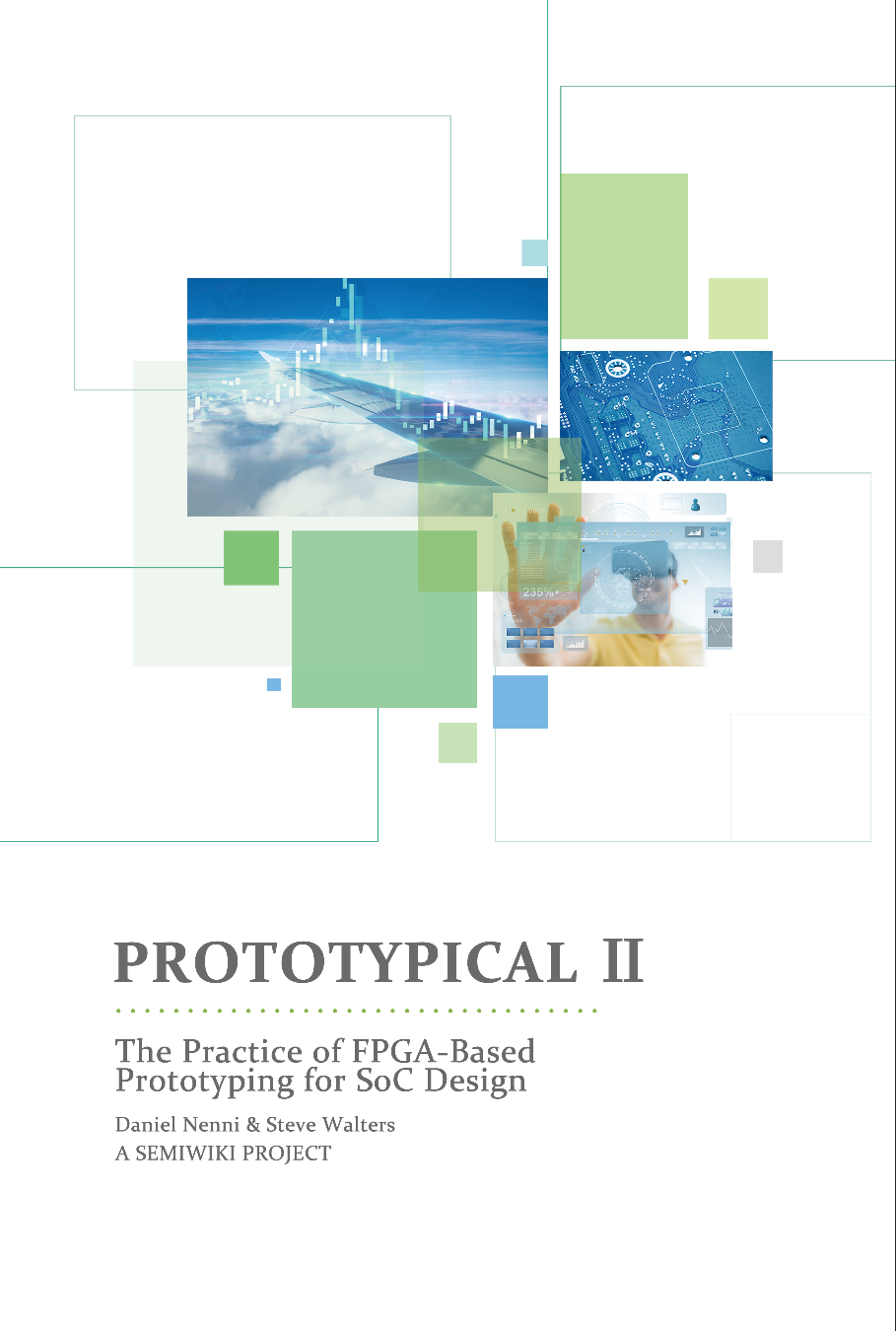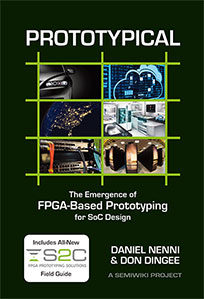
Continued semiconductor industry growth depends on delivering ever more complex chip designs, co-verified with specialized system software – in less time with relatively fewer mistakes. In this book, we will initially look at how the need for co-verification evolved with chip complexity, where FPGAs got their start in verification, and why ASIC design benefits from prototyping technology.

In this book, we uncover the history of FPGA-based prototyping and three leading system providers – S2C, Cadence, and Synopsys. First, we look at how the need for co-verification evolved with chip complexity, where FPGAs got their start in verification, and why ASIC design benefits from prototyping technology. The book also includes a Field Guide to help effectively navigate the FPGA prototyping flow using best practices and technologies.
How can we guarantee the DUT's suitable operation with intricate RTL codes? The answer lies in functionalverification. The frequently used verification approaches include simulation, emulation, and prototyping. Each of them has its advantages and disadvantages.
In this white paper, we will delve into the mechanics of logic simulation, emulation, and FPGA prototyping, focusing on their interaction with the DUT.
ProtoBridge AXI from S2C enables designers to maximize the benefits of FPGA-based prototypes early in the design project and corner case testing by providing a high bandwidth datapath between software running on a workstation and the FPGA prototype. This white paper elaborates on the key FPGA-based prototyping challenges and considerations to see how S2C ProtoBridge helps address them.
Today's FPGA prototyping for SoC design debug offers tradeoffs among the ideal debug tool capabilities, and it is left to the SoC design verification team to configure an “optimal” verification strategy for each SoC design project – with consideration for future scaling-up and improved verification capabilities. This white paper reviews some of the multi-FPGA prototyping challenges for SoC design verification and debug, and, reviews one example of a commercially available multi-FPGA prototyping debug capability offered by S2C.
FPGA prototyping is the methodology to prototype SoC and ASIC designs on FPGAs for hardware verification and for early software development. This methodology is sometimes referred also as ASIC prototyping or SoC prototyping. Prototyping SoC and ASIC designs on FPGAs has become a mainstream verification methodology for hardware design as well as a method for early software and firmware co-design. This primer on FPGA prototyping will discuss the important factors of why to prototype, the current challenges of prototyping and how to overcome them, and the issue of building your own or adopting an off-the-shelf prototyping solution.